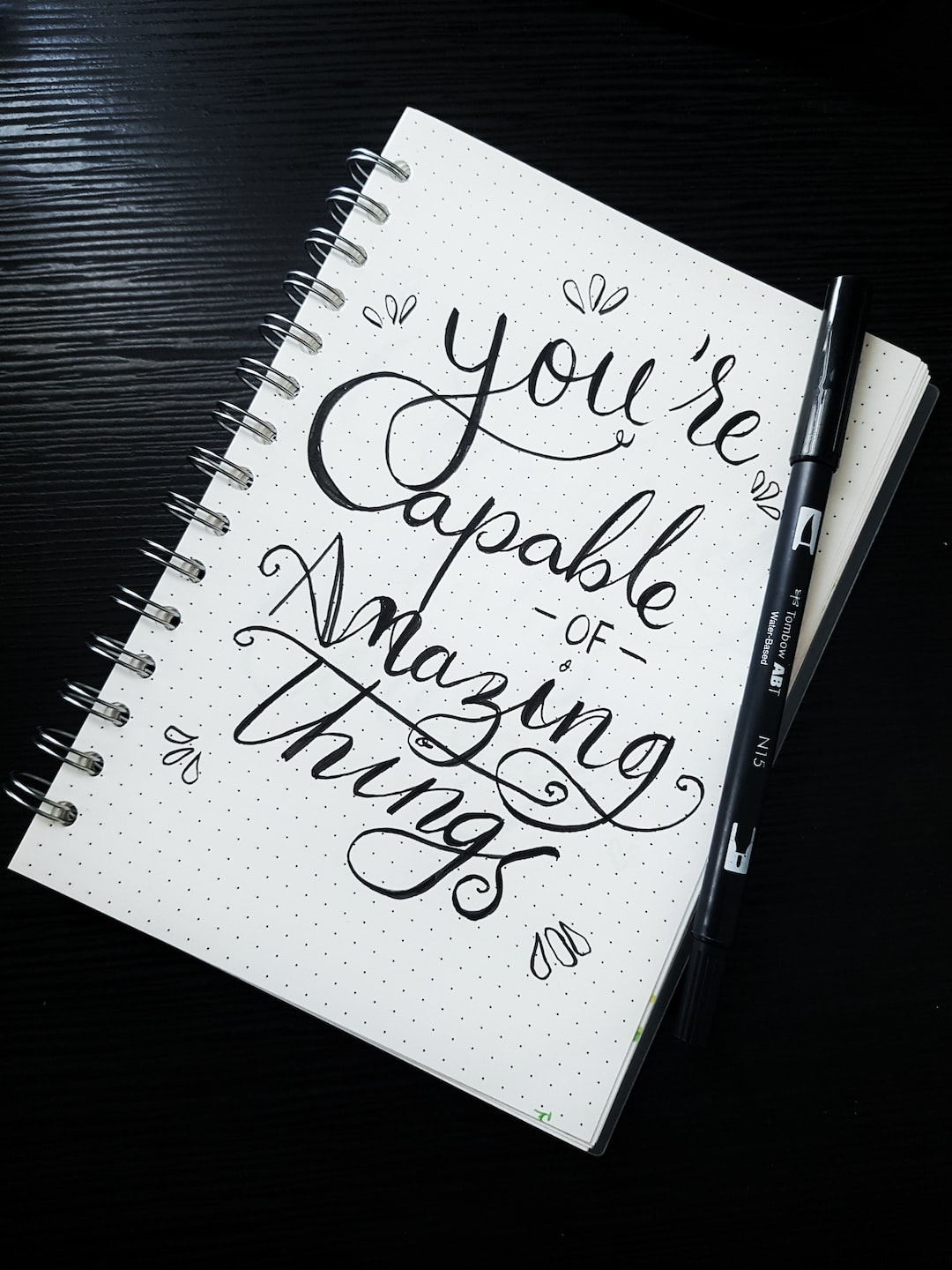Art therapy: Healing through creativity and self-expression
Art has always held a special place in human society throughout history. From cave paintings to Renaissance masterpieces, art has been used as a means of communication, self-expression, and storytelling. However, in recent years, art has also found a new purpose – as a form of therapy.
Art therapy is a unique and innovative approach to healing that combines the practices of psychotherapy and art. It involves the use of various art forms, such as painting, drawing, sculpting, and collage, to help individuals express themselves and explore their thoughts and emotions. This therapeutic approach has been found to be particularly effective in treating individuals with mental health disorders, trauma survivors, and those dealing with various life challenges.
One of the key benefits of art therapy lies in its ability to bypass verbal language. For many individuals, expressing their thoughts and emotions through words can be challenging, especially when dealing with trauma or any other distressing experience. Art provides a safe and non-threatening medium through which these individuals can freely express themselves without feeling pressure or judgment. The art created during therapy sessions serves as a visual representation of their inner world, allowing both the therapist and the individual to gain insight and understanding into their emotional state.
Furthermore, art therapy allows for the exploration of different art media and techniques. This element of experimentation and playfulness can often bring about a sense of joy and freedom that is otherwise difficult to experience for individuals dealing with emotional pain or stress. By engaging in the artistic process, individuals are encouraged to let go of control, immerse themselves in the present moment, and embrace their creativity. This process fosters self-discovery, empowerment, and the development of new coping skills.
Art therapy has also been shown to be particularly effective in helping individuals process and heal from trauma. Traumatic memories are often stored in the brain without a coherent narrative, making it challenging for individuals to understand and integrate these experiences. Through art therapy, trauma survivors can create visual representations of their experiences, helping them gain a sense of control and mastery over their memories. These visual representations can also serve as triggers for memories, allowing individuals to process and work through their traumatic experiences in a safe and controlled environment.
Additionally, art therapy has a profound impact on the brain and the body. Engaging in the creative process stimulates various regions of the brain, including those responsible for emotion regulation, self-reflection, and problem-solving. This stimulation promotes the release of endorphins and dopamine, leading to an improved mood, reduced stress, and an overall sense of wellbeing. Furthermore, art therapy has been found to be effective in reducing symptoms of anxiety, depression, and other mental health disorders, providing individuals with a valuable tool for managing their symptoms and improving their quality of life.
The beauty of art therapy lies in its accessibility. It does not require any prior artistic skill, talent, or knowledge. Everyone can benefit from it, regardless of age, gender, or cultural background. It offers a safe space for self-expression, creativity, and personal growth.
In conclusion, art therapy is a powerful tool for healing and self-discovery. It provides individuals with a safe and non-verbal means of expression, allowing them to explore their thoughts and emotions. Through art therapy, individuals can process and heal from trauma, develop new coping skills, and improve their overall wellbeing. The impact of art therapy extends beyond the therapy room and into their everyday lives, fostering a sense of empowerment, self-awareness, and resilience. So, why not pick up a paintbrush, a pencil, or a sculpting tool and embark on a journey of self-expression and healing through the power of art?

